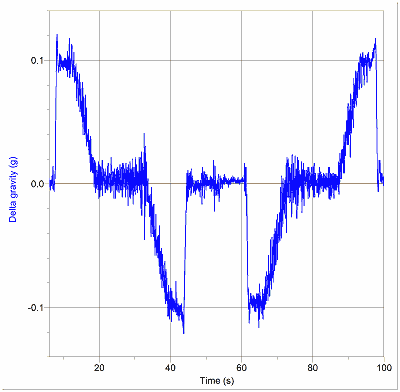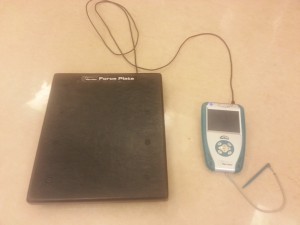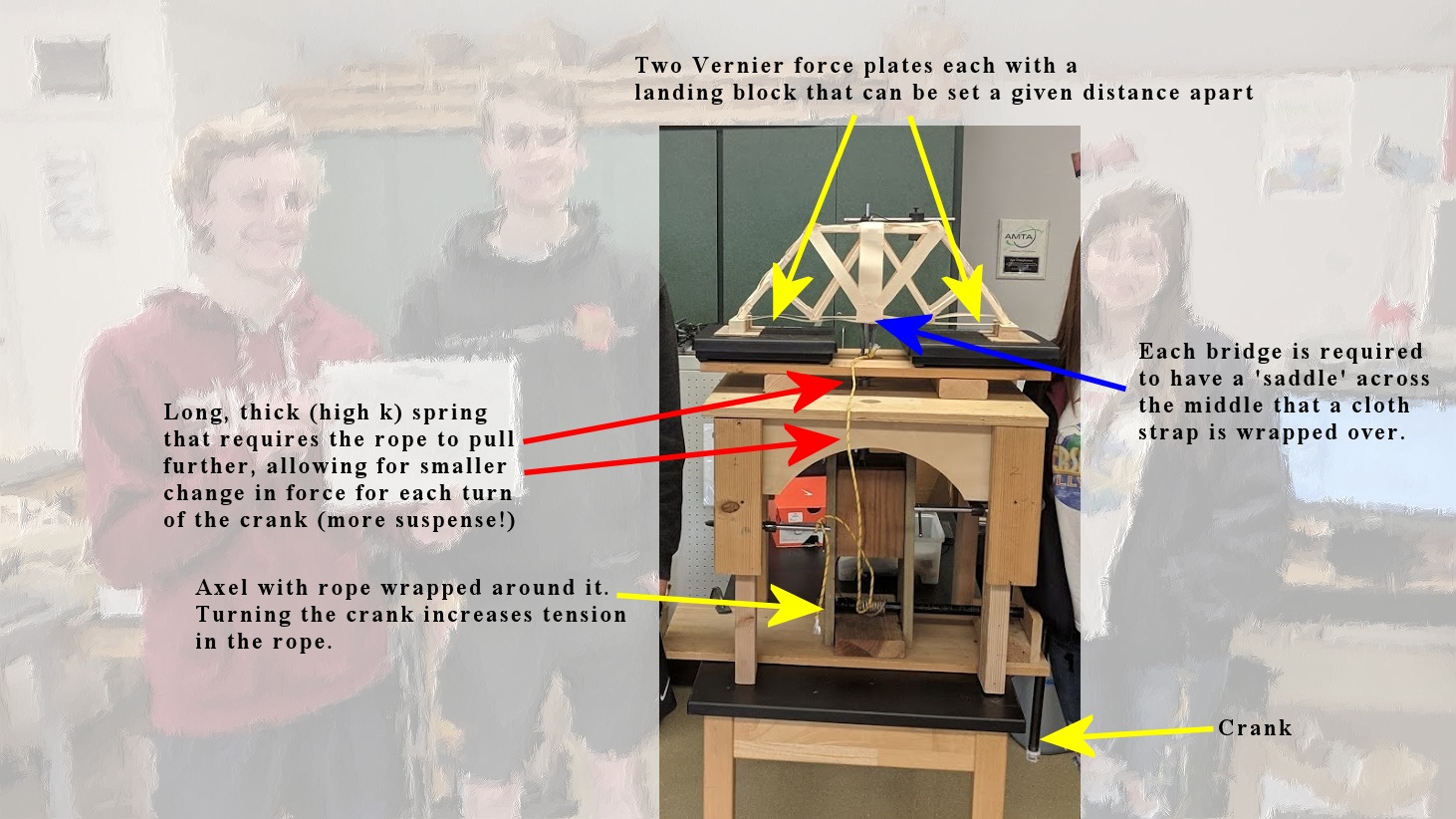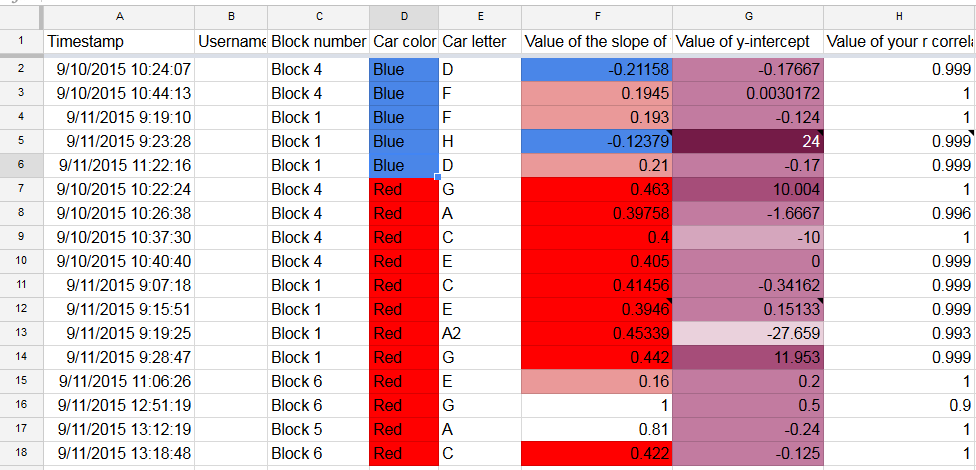Force data from elevator ride to top of 555 California St, SF (52 floors)

Yesterday I took a trip up the longest elevator ride in San Francisco (at 555 California St). I brought along my LabQuest and Force Plate (essentially a recording bathroom scale, see image of LabQuest at bottom of post). As I rode the elevator up and down, the LabQuest was recording my apparent weight (think about how you feel when an elevator first starts moving up or down, your weight seems to change).
I made five round trips, three recording my own weight, then two recording the weight of my Timbuk2 bag (I noticed I was bouncing quite a bit on the ride, and thought my bag might bounce less).
If you have Vernier LoggerPro software (worth the price for their video analysis even if you don’t have any of their sensors), you can download and work with the file. Here it is:
555-california-st-elevator-to-52-floor
I did some data processing in this file; feel free to use it or delete it if you want your students to have to do it all themselves. The graph above was created by dividing the force on the scale by the initial (resting) force, then subtracting one to the the relative change in apparent weight. The maximum and minimum are both about 0.12g, or about 12% of gravity.

One discovery I found interesting is that the elevator does not have a continuous acceleration as it gets to its maximum speed, but rather starts with a high acceleration, then decreases its acceleration until it gets to its highest speed. When slowing down, it does the reverse: It starts with a low acceleration, increasing it as it slows until it comes to a stop and stops its acceleration (non-physics geeks: in physics, we don’t use the word “deceleration,” but rather just use positive and negative to tell direction).
I rode up the “express” elevator to the restaurant on the top. The security manager pointed me in that direction once I told him I was just wanting to collect the data for my classroom, not that I wanted to bring a bunch of high school students up with me. The express elevator turned out to be the best option, since I was able to see the maximum acceleration without having to stop at intermediate floors.




